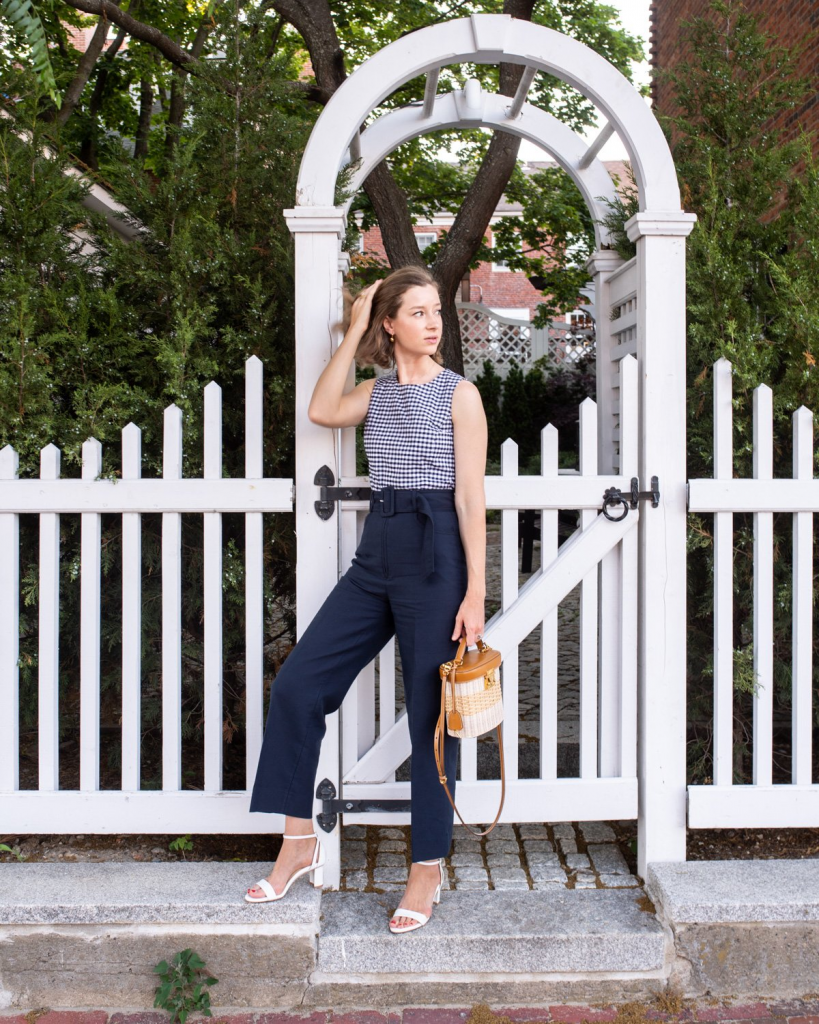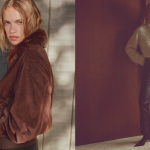Changing seasons means more than just switching your latte order or checking the weather forecast. It also means it’s time to transition your wardrobe—a process that can be either smooth and satisfying or chaotic and stressful. But don’t worry, I’ve got your back.
Let’s break it down into practical steps and mindset shifts so your closet evolves as seamlessly as the seasons do.
Why Seasonal Wardrobe Transition Matters
Think of your wardrobe as a reflection of your life’s rhythm. A cluttered closet full of both summer sandals and winter boots at the same time? That’s like trying to listen to two songs playing at once—confusing and overwhelming.
Seasonal transitions help you:
- Stay organized
- Save time getting dressed
- Keep your clothes in better condition
- Make space for thoughtful fashion choices
When to Start Your Wardrobe Swap
Understanding Your Local Climate
This sounds obvious, but not everyone lives in a four-season region. Maybe your “winter” is mild, or your “spring” is two weeks long. Look at weather trends from previous years to time your switch effectively.
Transitional Weather Signals
Don’t wait until you’re caught in a surprise snowstorm wearing a linen dress. Look for signs like:
- Daily temperature dips or spikes
- Shortened or extended daylight hours
- Shifts in precipitation patterns

Step-by-Step Guide to a Smooth Wardrobe Transition
Now, let’s dig into the nitty-gritty. Here’s a practical process to follow.
Step 1: Assess the Current Season’s Wardrobe
Start by pulling out everything you’ve been wearing recently. Identify what served you well and what barely saw the light of day. Ask yourself:
- Did I wear this more than once?
- Did it feel comfortable and flattering?
- Would I choose it again?
Step 2: Deep Clean and Declutter
The “Haven’t Worn It in a Year” Rule
If it’s been untouched for a full cycle of seasons, chances are it’s not essential. Exceptions? Special occasion pieces or sentimental favorites.
Fix, Donate, or Toss?
Make three piles:
- Repair – items with minor damage or tailoring needs.
- Donate/Sell – gently used clothes someone else could enjoy.
- Discard – worn-out or stained pieces beyond saving.
Step 3: Store Out-of-Season Clothes Properly
Use the Right Storage Solutions
- Vacuum-sealed bags for bulky winter gear
- Plastic bins for moisture protection
- Fabric boxes for delicate pieces
Label Everything Clearly
Future you will thank current you for clear categories like:
- “Winter Sweaters”
- “Summer Dresses”
- “Transitional Layers”
Step 4: Prep the New Season’s Wardrobe
Layering Pieces Are Key
During in-between weeks, you’ll need cardigans, jackets, and long sleeves that work over lighter clothing. Think of it as fashion’s version of a safety net.
Try-On Before You Hang Up
Bodies change. Tastes change. What fit great last year might not feel the same now. Make time for a try-on session so you’re confident with every piece going into your closet.
Tips for Smart Seasonal Shopping
Transition time is prime time for refreshing your wardrobe smartly—not impulsively.
Buy Off-Season for Big Savings
Retailers often slash prices on out-of-season inventory. Buying boots in spring or swimsuits in fall might feel odd, but your wallet will thank you later.
Build Around Versatile Basics
Classic jeans, neutral t-shirts, trench coats—these are wardrobe chameleons. Invest in quality basics that you can layer, style, and reinvent all year.
Common Mistakes to Avoid
Holding On to Everything “Just in Case”
That rarely-worn sequin top? The blazer you swore you’d tailor last year? Let them go. Clutter blocks clarity.
Ignoring Weather Patterns
Don’t let the calendar dictate your wardrobe. Trust your actual experience. Maybe fall starts earlier where you live, or maybe summer hangs on longer than usual.
Benefits of a Seasonal Wardrobe Refresh
Clarity and Reduced Stress
Opening a closet that reflects the current weather = no decision fatigue. Your mornings just got easier.
More Conscious Fashion Choices
Regular wardrobe edits promote mindful consumption. You’ll find yourself asking: “Do I really need this?” before clicking Add to Cart.
Conclusion
A seasonal wardrobe transition isn’t just a chore—it’s a ritual of reset. It’s your chance to check in with your lifestyle, your body, and your fashion sense. With a little planning and a dash of intention, swapping your wardrobe can become something you look forward to—like unpacking your favorite cozy sweater or spotting the first signs of spring.
So go ahead, give your closet the seasonal glow-up it deserves.
FAQs
1. How often should I transition my wardrobe?
Ideally twice a year—once in spring and once in fall—but it depends on your local climate and personal preferences.
2. What’s the best way to store seasonal clothing?
Use moisture-resistant bins or vacuum-seal bags, and keep items in a cool, dry place. Label everything clearly.
3. How do I decide what to donate vs. keep?
If you haven’t worn it in a year, it doesn’t fit, or it no longer suits your style, it’s time to let go.
4. Can I keep some all-season clothes accessible year-round?
Absolutely. Items like basic tees, jeans, and lightweight cardigans can stay in rotation all year.
5. Is it worth investing in off-season sales?
Yes! Buying off-season saves money—just be sure you’re buying timeless pieces, not trends that might fade by next year.










